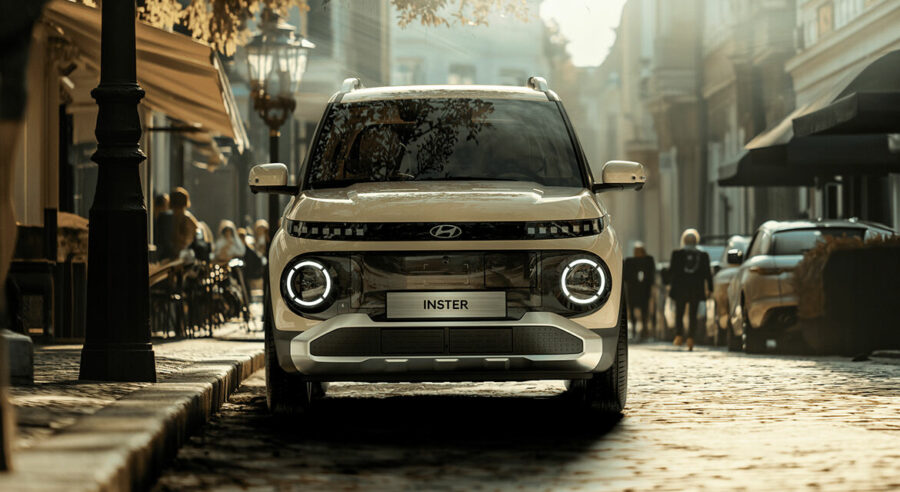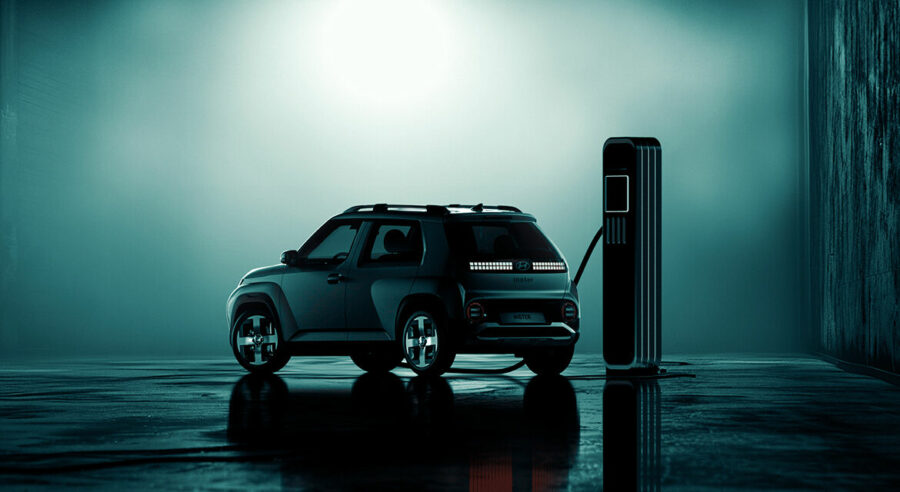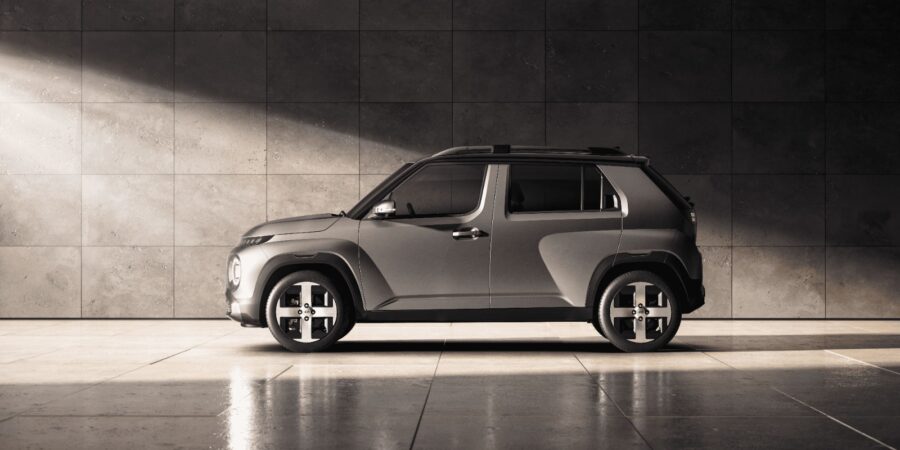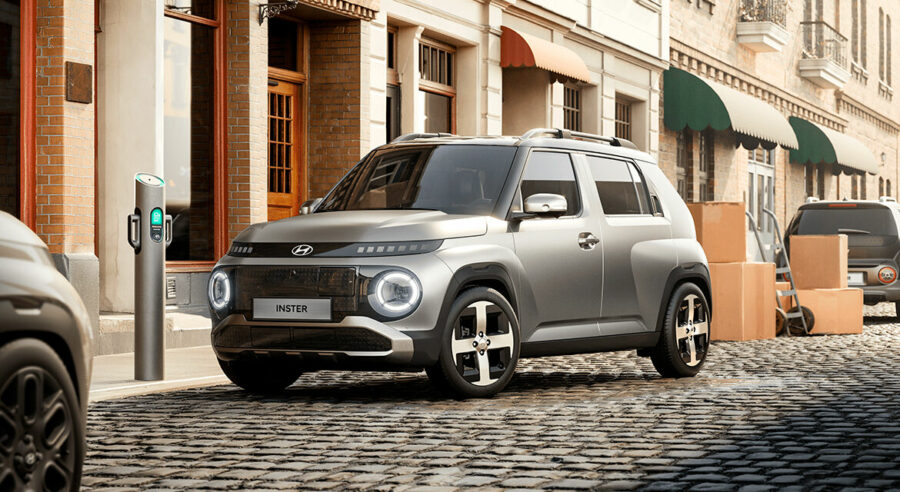Hyundai’s new INSTER electric vehicle (EV) enters the bustling A-segment sub-compact market with a focus on range and practicality. However, a closer look reveals some areas where the INSTER might fall short compared to rivals.
Styling: Boxy Design Might Not Impress Everyone
The INSTER inherits the boxy design language of the Hyundai Casper, which may not appeal to all buyers. Some might find the proportions, particularly the seemingly smaller rear end compared to the front, to be aesthetically uninspired, especially when stacked against the new-age design of the Tata Punch EV.

Modest power could hinder performance
While the INSTER leads the segment in range, its acceleration might leave you wanting more. With horsepower figures of 97 PS or 115 PS, the INSTER falls short of its rival. Take the Tata Punch EV, for example. It boasts a mighty 120.69 bhp and a substantial 190 Nm of torque, nearly double the INSTER’s power and offering a more responsive driving experience. This translates to quicker zipping around town and potentially more overtaking confidence. The INSTER’s two battery pack options (42 kWh and 49 kWh) offer peak power of 95 bhp and 113 bhp, respectively, but both share the same torque of 147 Nm, which may not deliver the same level of thrill.
Cargo Capacity Lags Behind Competitors
The INSTER’s boot space of 280 liters, expandable to 351 liters with folded seats, falls behind rivals:
- Tata Punch EV: 366 liters
- MG Comet EV: 350 liters
Range Advantage Narrowed by Punch EV
The INSTER’s claimed maximum range of 355 km is impressive, but the Tata Punch EV offers a range of 315 km to 421 km, potentially narrowing the INSTER’s lead depending on driving conditions.

Ground Clearance: A Question Mark
While Hyundai hasn’t revealed the official ground clearance for the INSTER, since it’s based on the Casper, we can expect it to be similar to the Celerio. This might be a point to consider for those who frequently navigate rough roads or uneven terrain.
Safety: Await the Verdict, But Past Raises Concerns
Safety is a paramount concern for car buyers. Unfortunately, the INSTER’s Global NCAP crash test ratings are yet to be revealed. Historically, safety ratings for smaller Hyundai cars haven’t been stellar. The Hyundai Grand i10 Nios, which shares the same platform as the INSTER, received a disappointing 2-star rating for both adult and child occupant protection. While the INSTER’s electric drivetrain might necessitate structural changes that could improve safety, a definitive judgment on its performance awaits official crash test results.
Potential Pricing
While Hyundai hasn’t revealed the official price for the INSTER EV in India, speculations suggest it could fall between Rs 11.5 lakh and Rs 15 lakh. This price range would position the INSTER as a direct competitor to the Tata Punch EV, potentially challenging it on both range and affordability.

Hyundai Inster: Still a Worthy Contender?
Despite these potential shortcomings, the INSTER remains a promising contender in the A-segment EV space. Its focus on practicality, segment-competitive range, and potential for fast charging makes it a viable option for budget-minded EV buyers. However, the final verdict will depend on its price point and how it stacks up against competitors in a test drive.

